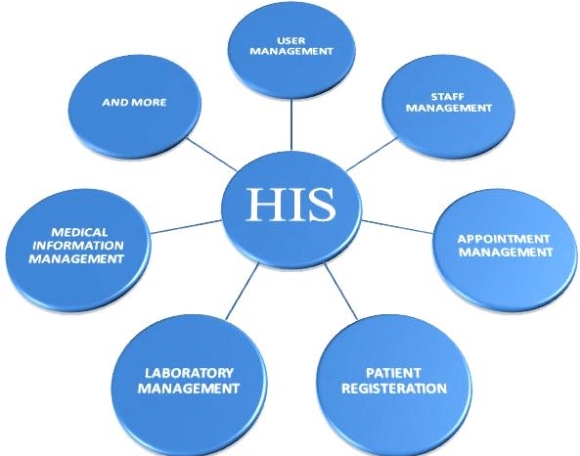Hospital information systems play a crucial role in managing and storing information within a healthcare setting. There are different types of hospital information systems that serve various purposes in optimizing patient care and workflow efficiency.
Electronic Health Records (EHR) System
An EHR system is designed to store and manage patient health information electronically. It includes medical history, diagnoses, medications, treatment plans, immunization dates, allergies, radiology images, and laboratory test results. This type of system allows healthcare providers to access and update patient records in real-time, reducing errors and improving communication among healthcare professionals.
Hospital Information Management System (HIMS)
HIMS is a comprehensive system that integrates various hospital functions such as patient registration, appointment scheduling, billing, and inventory management. It streamlines administrative tasks and enhances operational efficiency by automating processes and reducing paperwork. HIMS also facilitates data sharing between different departments within a hospital, leading to better coordination of care.
Picture Archiving and Communication System (PACS)
PACS is a digital imaging system that stores and retrieves radiology images such as X-rays, MRIs, and CT scans. It allows healthcare providers to view and analyze medical images electronically, enabling faster diagnosis and treatment planning. PACS also provides secure access to images from different locations, promoting collaboration and sharing among radiologists and other clinicians.
Clinical Decision Support System (CDSS)
CDSS is a software tool that provides evidence-based recommendations and alerts to healthcare providers during the decision-making process. It helps clinicians make informed decisions by offering diagnostic support, treatment guidelines, drug interactions, and reminders for preventive care. CDSS enhances patient safety and quality of care by reducing errors and ensuring adherence to best practices.
Telemedicine System
Telemedicine systems enable remote consultations and virtual visits between healthcare providers and patients. This type of system uses video conferencing, secure messaging, and other technologies to expand access to healthcare services beyond traditional clinical settings. Telemedicine systems enhance patient convenience, reduce healthcare costs, and improve outcomes by facilitating timely communication and care delivery.
In conclusion, hospital information systems are essential tools for managing patient information, improving care quality, and enhancing operational efficiency in healthcare settings. By exploring the different types of systems available, healthcare organizations can leverage technology to optimize their practices and provide better outcomes for patients.

